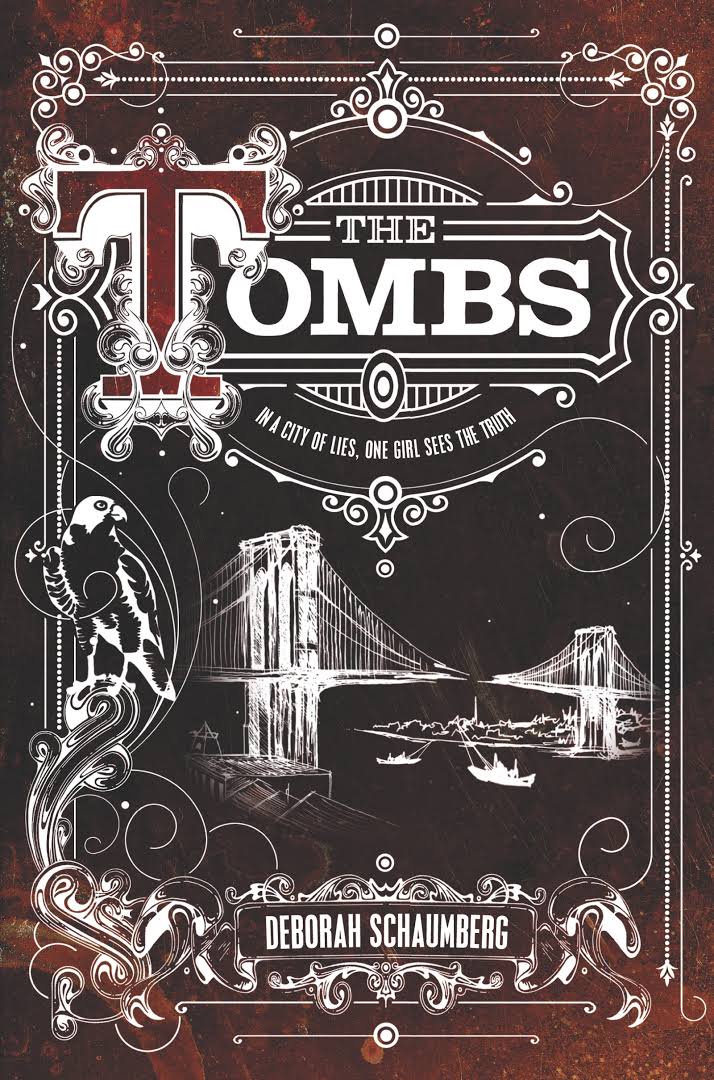 THE TOMBS, by Deborah Schaumberg, HarperTeen, Feb. 20, 2018, Hardcover, $17.99 (young adult)
THE TOMBS, by Deborah Schaumberg, HarperTeen, Feb. 20, 2018, Hardcover, $17.99 (young adult)
In the mood for a historical fiction mystery with a steampunk/fantasy slant, then The Tombs is a good option.
Sixteen-year-old Avery Kohl used to be a girl of means. She used to be part of the upper- middle class. She used to go to school. And she used to have two parents.
Everything changed when Avery’s mother was taken, accused of being mentally ill. Now Avery’s life is decidedly different. Now Avery sleeps in a curtained-off corner of her father’s workshop. Now Avery works as a welder.
Just after her 16th birthday, Avery begins seeing things, feeling things that are worrisome. It’s possible Avery has the same sickness as her mother, and Avery’s terrified the same mysterious men in crow masks who locked her mother in the Tombs asylum will come for her, too. So Avery keeps her powers hidden, until she no longer has a choice.
When Avery’s powers cause an unexplainable explosion at the factory, Avery has no choice but to embrace her powers. But embracing any kind of powers in 1882 New York is dangerous, and it’s going to take all Avery’s strength to keep herself, let alone her friends out of the Tombs.
Deborah Schaumberg’s The Tombs has a gothic feel to it that fits in perfectly with the underbelly of turn-of-the-century New York. I don’t think The Tombs would work without the setting, which almost feels like a character itself. It’s dark and creepy, and the bad guy is one that I had to hold back on picturing because he’s seriously disturbing.
Avery is a strong female lead that’s likeable as are her friends. I wish there had been a little bit more character development on the part of Avery’s father, whose behavior made a quick change that felt unexplained. I’d like to know more about Avery’s mother, too, but I have a feeling that’s coming in Book 2.
There has been some talk of the use of the term “gypsy” when referring to the Romany people, a group of which plays a large role in The Tombs. The Romany people consider this word to be derogatory, and the author has noted this at the end of the book. She chose to use the term in keeping with the time period and capitalized the G to “emphasize it as proper noun and not a behavior or slur.” There are numerous instances in which authors have used derogatory terms in historical settings. Many times those uses help to enhance the overall feel of the work. In the case of The Tombs, I feel like it works, but that’s up to you to decide for yourself.
